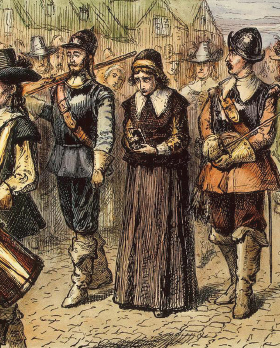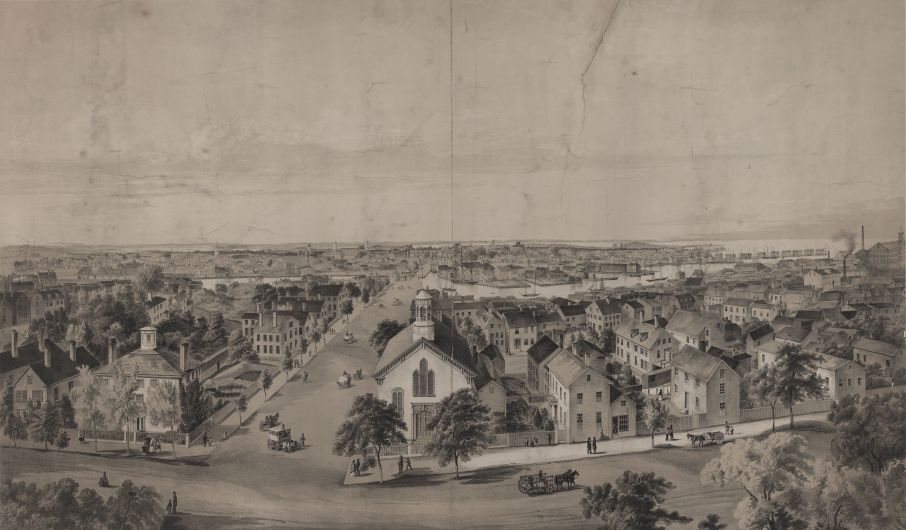
At a time when all women are viewed as the property of a man and most black women in the New World are enslaved, the slave Elizabeth Key, daughter of a free white man and an enslaved woman, sues for freedom. Hers is one of the earliest such suits filed in the English colonies. Through a series of owners, she is enslaved for a total of nineteen years, although a previous owner had committed to releasing her from bondage after nine years of service. Two courts rule against her; through petition, her case is sent to the Virginia General Assembly. Elizabeth is ultimately freed.
Margaret Hardenbroeck Philipse emigrates from Holland to New Amsterdam (now New York). She is a highly successful entrepreneur who ultimately comes to own most of the real estate in Westchester County. She also owns a number of ships, which she uses in the fur trade. This first woman business agent in the colonies raises five children and is the wealthiest woman in New Amsterdam.

Quaker Mary Dyer is imprisoned in 1657 in Massachusetts because of her religious beliefs and expelled from the New Haven colony in 1658 for preaching about them. When she is hanged in Massachusetts in 1660 for defying a law banning Quakers from the colony, she becomes the only woman in U.S. history to die for religious freedom. There is now a statue in her memory on the grounds of the State House in Boston.

Kateri Tekakwitha is known as “Lily of the Mohawks”; she converts to Catholicism in 1676. The first Native American on the path to sainthood in the Roman Catholic Church, she is declared venerable in 1943 and beatified in 1980.

Pennsylvania is founded as a Quaker haven.

The account by Mary Rowlandson of her captivity by the Narragansett Indians is published and becomes an immediate best seller.


More than a hundred people, mostly women, are accused of witchcraft; twenty men and women are executed.

Author Sarah Kemble Knight keeps a journal of a difficult and long trip she makes from Boston to New York and back, a trip not usually taken by a woman of the day. After the diary’s publication in 1825, it is acclaimed for its depiction of Knight’s encounters with the people and places of the time.